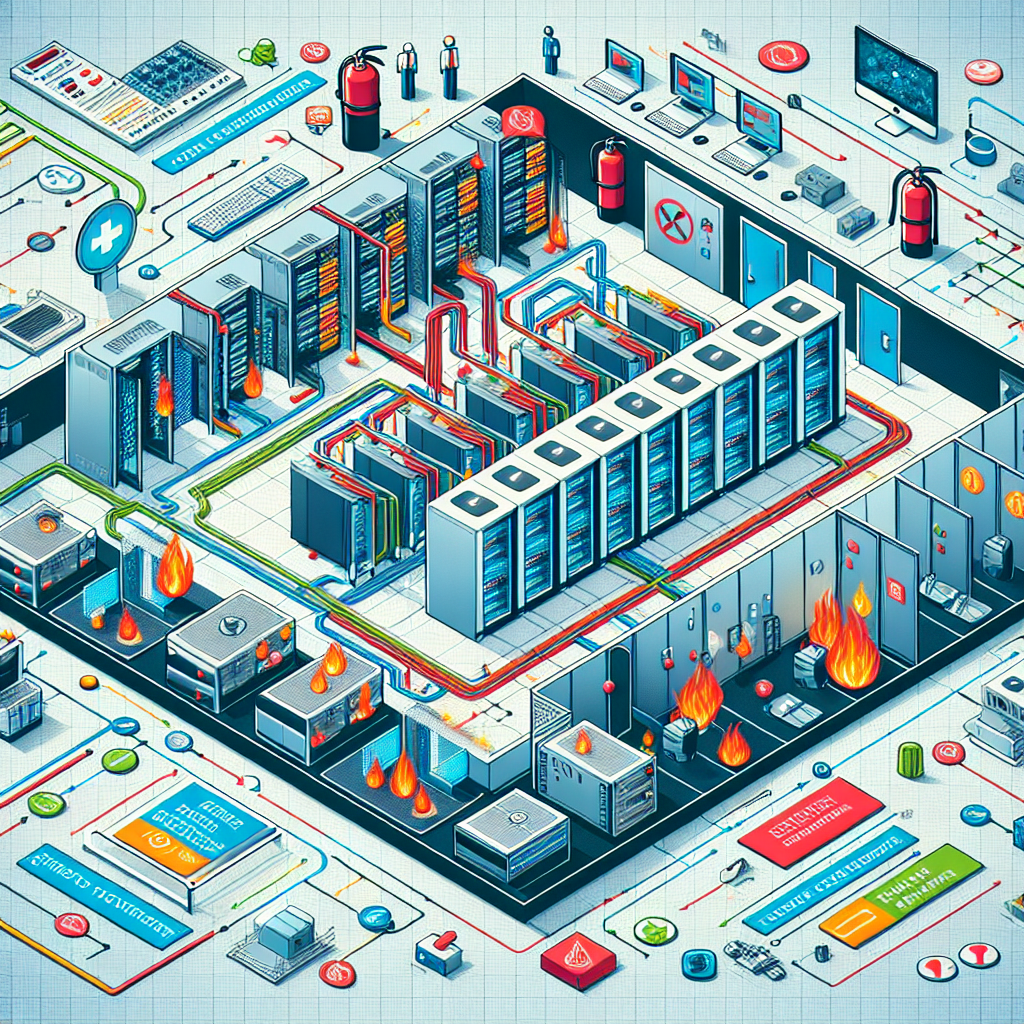Your cart is currently empty!
Emergency Response: Implementing a Fire Suppression Plan for Your Data Center

In today’s digital age, data centers are the backbone of many businesses, housing critical information and infrastructure. However, these facilities are also susceptible to emergencies such as fires, which can cause irreparable damage if not properly managed. As such, it is essential for data center operators to have a comprehensive fire suppression plan in place to protect their valuable assets.
Implementing a fire suppression plan for your data center involves a combination of proactive measures, regular maintenance, and employee training. Here are some key steps to consider when developing and implementing such a plan:
1. Conduct a thorough risk assessment: Start by identifying potential fire hazards within your data center, including electrical equipment, overheating servers, and flammable materials. By understanding the specific risks present in your facility, you can tailor your fire suppression plan to address these vulnerabilities.
2. Choose the right fire suppression system: There are several types of fire suppression systems available, each with its own strengths and limitations. Common options for data centers include clean agent systems, water mist systems, and pre-action sprinkler systems. Selecting the appropriate system for your facility will depend on factors such as the size of the data center, the type of equipment housed within, and the level of protection required.
3. Regularly test and maintain your fire suppression system: It is essential to conduct regular inspections and maintenance of your fire suppression system to ensure it remains in good working order. This includes testing alarms, checking for leaks, and verifying that all components are functioning correctly. In addition, it is crucial to train employees on how to operate the system in the event of a fire.
4. Develop an emergency response plan: In addition to having a fire suppression system in place, it is important to have a comprehensive emergency response plan that outlines the steps to be taken in the event of a fire. This plan should include evacuation procedures, emergency contact information, and designated roles and responsibilities for key personnel.
5. Conduct regular fire drills: Regularly practicing fire drills with employees will help ensure that everyone is familiar with the emergency procedures and can respond quickly and effectively in the event of a fire. This will also help identify any potential issues with the fire suppression system or emergency response plan that need to be addressed.
By implementing a comprehensive fire suppression plan for your data center, you can help protect your valuable assets and minimize the impact of a fire emergency. Remember to regularly review and update your plan as needed to ensure that it remains effective in the face of evolving risks and technologies. With proper planning and preparation, you can help safeguard your data center and maintain business continuity in the event of a fire.

Leave a Reply